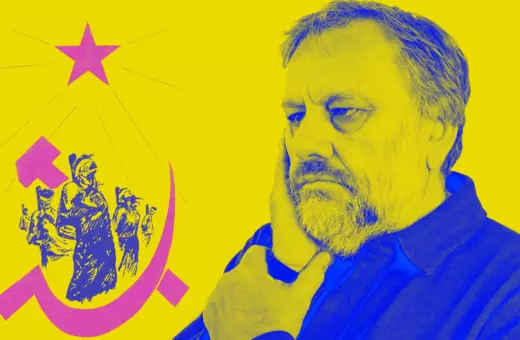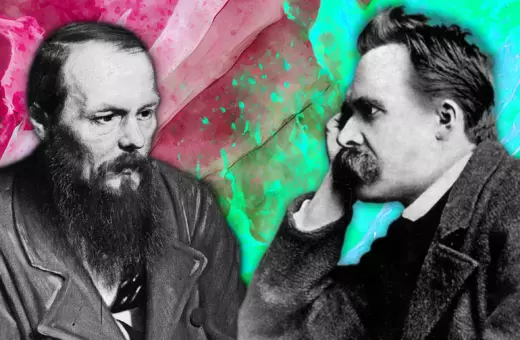The hard problem of consciousness is the most pressing unsolved mystery in both philosophy and science. To solve such a problem, we are going to need revolutionary ways of thinking. Philosopher of mind, Peter Sjöstedt-Hughes, argues higher spatial dimensions might hold the key to the hard problem.
(This is an abridged version of the chapter ‘Deeper than Depth’ in the book Modes of Sentience)
‘The waking have one common world [koinos kosmos], but the sleeping turn aside each into a world of their own [idios kosmos]’ [1]
– Heraclitus
The inquiry into the relation between ‘mind’ and ‘matter’ too often stops at the status of profound mystery because those very terms are poorly understood. What is understood is that the solution to the mystery requires revolutionary thought, since present concepts do not provide sufficient scope through which to see the end of this cosmic riddle. We should therefore extend our vision and experiment with ocular instruments beyond those found in the traditional philosopher’s observatory. To gain a greater gaze into this outer space we will analyse space itself – in its relation to sentience – fracturing it into three varieties and raising it beyond three dimensions. The mind-matter mystery beckons us to explore the relations between space, matter, and mind. What follows is a playful trip of radical speculation through hyperspace.
1. Mind, Matter, and Spac
2. The Varieties of Space
3.The Dimensions of Space and Sentience
From the Cartesian legacy, it is often believed that matter is spatial (extensive) and mind, or sentience, [2] is non-spatial (inextensive). [3]
This dichotomy of spatial-matter and non-spatial-mind conveys Descartes’ dualism, and is no doubt partly responsible for the ecologically-cataclysmic scientific view of nature as merely mechanical, insentient. William James criticized the Cartesian assumption:
‘Descartes for the first time defined thought as the absolutely unextended … . But to argue … that experience is absolutely inextensive seems to me little short of absurd.’ [4]
In an earlier paper, ‘The Spatial Quale’, James had grounded such a view, speaking of the existence of spatial properties not only without but within imagination:
‘The primary [visual] sensation is a simple vastness, a teeming muchness. The perception of positions within it results from sub-dividing it. The measurement of distances and directions comes later still.’ [5]
If we close our eyes and imagine two triangles next to each other, we can speak of their spatial properties – such as each having three sides, angles that sum 180°, that one triangle may be to the left of, and above, the other, and vice versa, their relative proximity, boundaries and topological features, their relative sizes, etc. These properties are perhaps often not as stable as would be two triangles perceived with eyes open, yet they are spatial properties regardless of such stable durability. [6]
Thus we have here two types of space, correlated yet not prima facie identical. Bertrand Russell expresses such a dichotomy when he writes that:
‘percepts are not identical with material objects, and the relation of perceptual to physical space is not identity.’ [7]





















Join the conversation